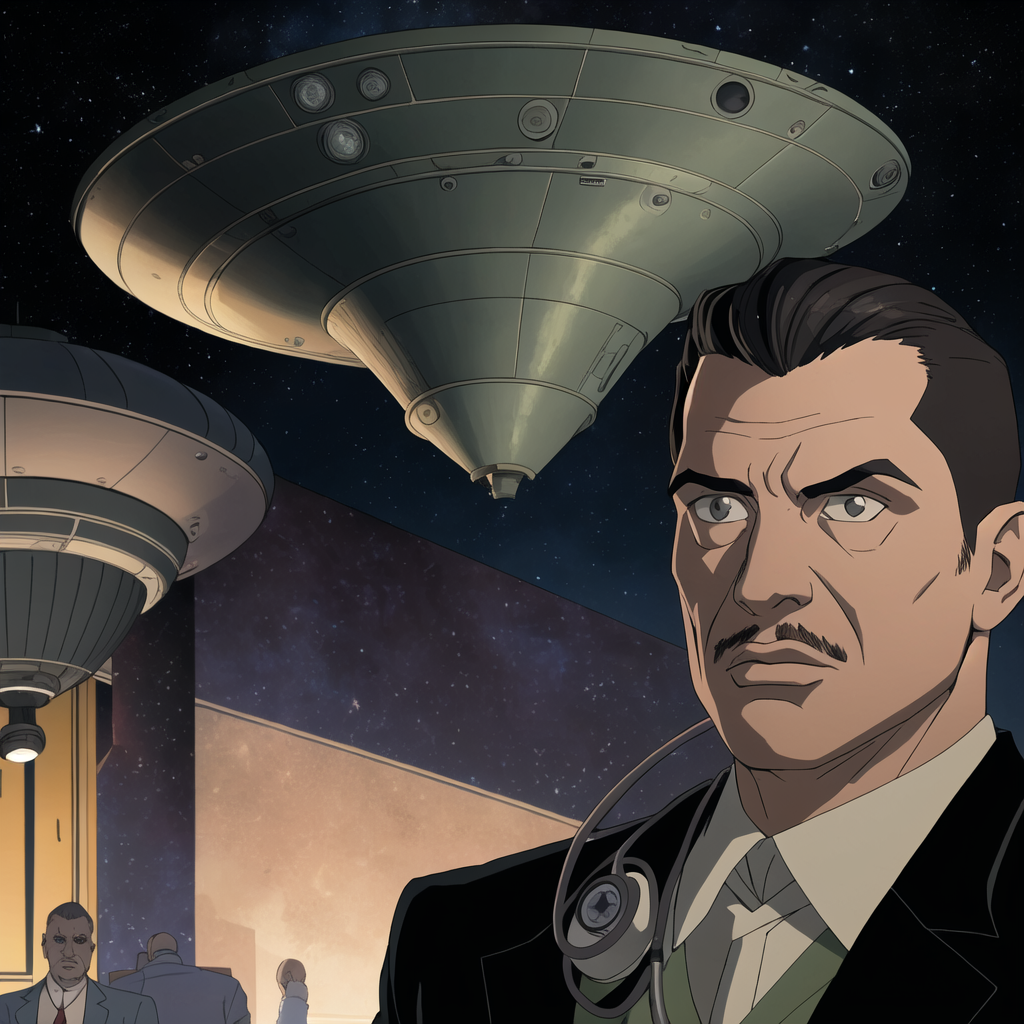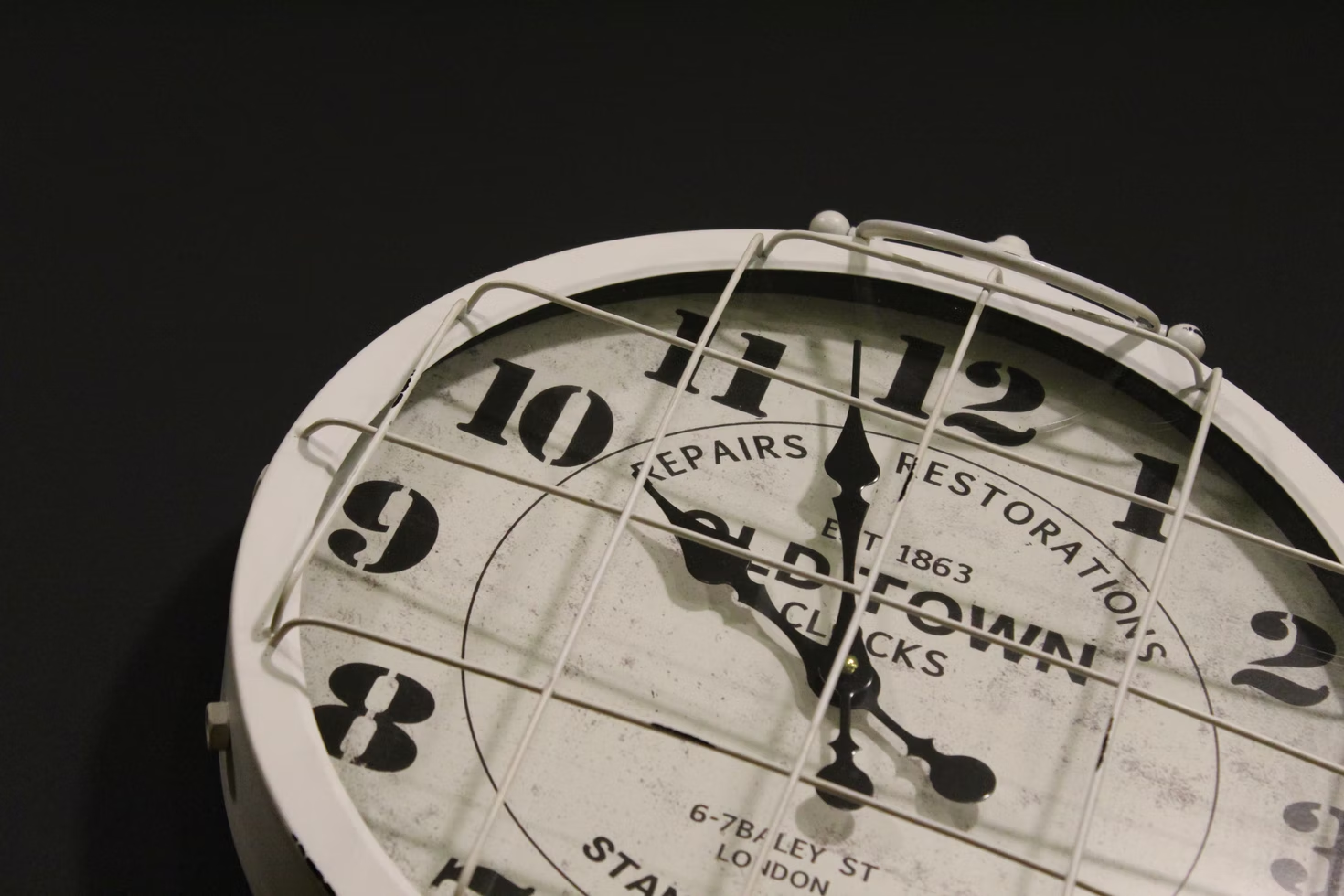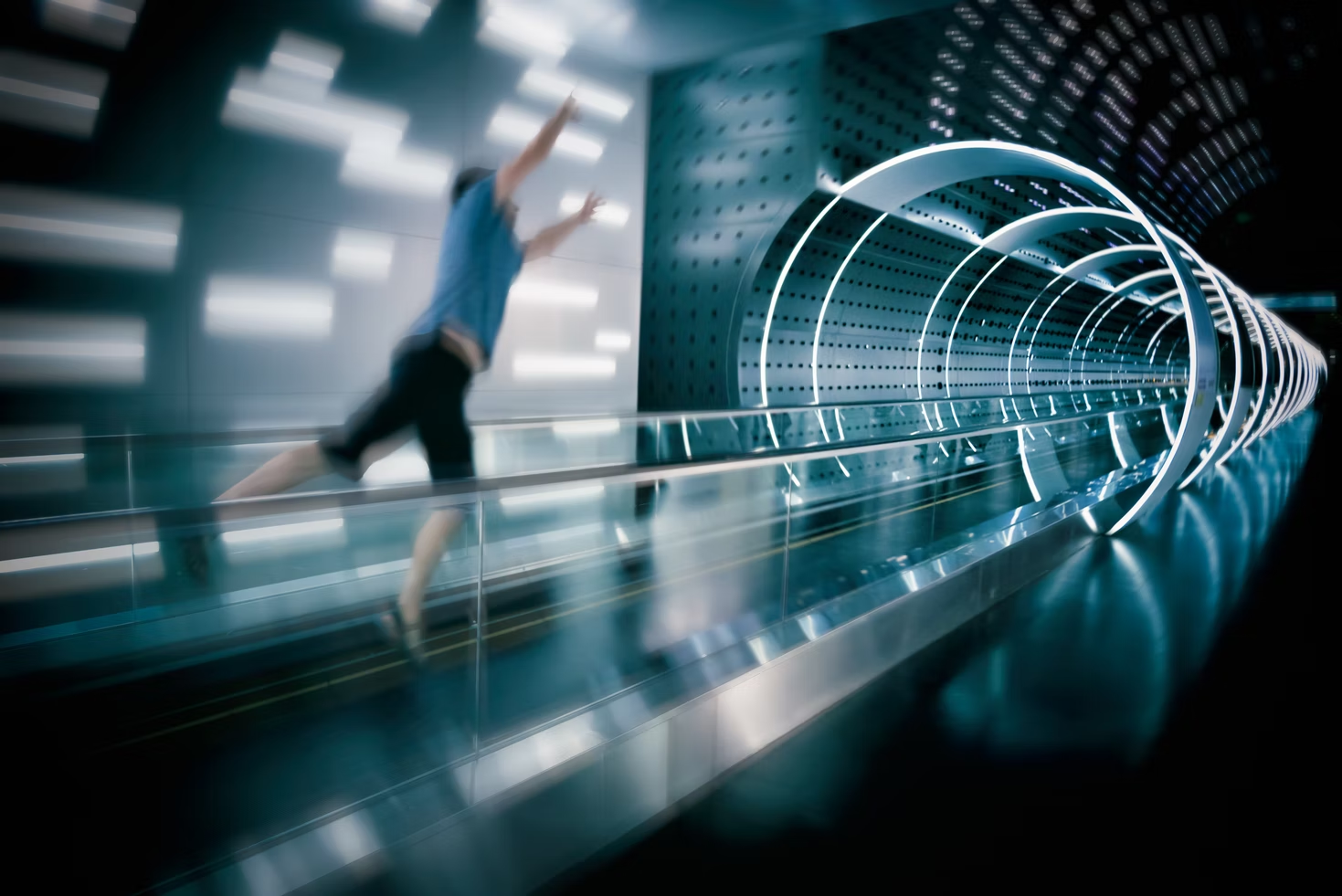Time Travel In Real Life - Is It Possible?
We're all time travelers! For example, between birthdays, we travel one year through time.
Author:Raven NoirReviewer:Xander OddityMay 11, 202255 Shares1.4K Views

Time Travel- We're all time travelers! For example, between birthdays, we travel one year through time.
And we're all moving through time at about the same rate: 1 second per second.
But how is time travel possible in real life and how we use it in our everyday life?
And we give you the review about the most important time travel theories used in physics, fiction and fantasy!
Is Time Travel Possible?
Yes, and we're doing it right now, speeding into the future at a staggering one second per second.
Whether you're watching paint dry or wishing you had more hours to chat with a buddy from out of town, you're pretty much always going through time at the same speed.
Is Scientific Time Travel Same As The Fiction Time Travel?
Real-life time travel differs from the type that has enthralled innumerable science fiction writers and spawned a genre so large.
Characters in shows like "Doctor Who," "Star Trek," "Steins;Gate" and "Back to the Future" hop into a crazy vehicle to travel back in time or spin into the future.
After traveling across time, the players must decide what happens if you modify the past or present with information from the future (which is where time travel stories intersect with the idea of parallel universes or alternate timelines).
Popular Time Travel Theories
Hyperspeed Time-Travel
Going incredibly quickly is the simplest and most practical approach to time travel into the remote future.
When traveling at speeds near the speed of light, time slows down for you in relation to the outside world, according to Einstein's special relativity theory.
This isn't simply a guess or a thought experiment; it's been proven. Physicists have demonstrated that a flying clock ticks slower due to its speed using dual atomic clocks (one flown in a jet aircraft and the other stationary on Earth).
In the case of airplanes, the impact is negligible. However, if you were on a starship traveling at 90% of the speed of light, time would move around 2.6 times slower than it would on Earth.
The time-travel becomes more intense as you approach closer to the speed of light.
Protons whirling through the Large Hadron Collider at 99.9999991 percent the speed of light are perhaps the fastest speeds achievable by any human device.
We may compute that one second for the proton is equal to 27,777,778 seconds, or nearly 11 months for humans, using special relativity.
Surprisingly, particle physicists must account for this temporal dilation when working with decaying particles.
Muon particles decay in 2.2 microseconds in the laboratory. Fast-moving muons, such as those produced when cosmic rays collide with the upper atmosphere, take ten times longer to disintegrate.
Gravitational Leap Time Travel
Einstein also influenced the next approach of time travel. The heavier the gravity you feel, the slower time advances, according to his general relativity theory.
The strength of gravity rises as you move closer to the Earth's center, for example. Your feet move at a slower pace than your mind.
This impact has also been measured. In 2010, scientists at the US National Institute of Standards and Technology (NIST) studied the variation in ticking rates of two atomic clocks positioned 33 cm apart on shelves. Because it had a somewhat higher gravity, the lower one ticked slower.
All we need is a location of incredibly intense gravity, such as a black hole, to go to the remote future. The closer you go to the event horizon, the slower time advances - but it's a perilous business because once you cross the barrier, you're stuck.
If you had the technology to travel the immense distances required to reach a black hole (the closest is around 3,000 light years away), the time dilation caused by travel would be substantially larger than the time dilation caused by orbiting the black hole.
Perhaps the most astounding fact is that GPS systems must account for time dilation effects (due to both satellite speed and gravity) in order to function.
Frozen Body Time Travel
Another approach to time travel to the future is to slow down or halt your physical processes and then restart them later.
Bacterial spores can exist in suspended animation for millions of years until the correct circumstances of temperature, moisture, and food reactivate their metabolisms.
During hibernating, some animals, such as bears and squirrels, may substantially reduce their cell's need for food and oxygen by slowing down their metabolism.
Though entirely shutting down your metabolism is probably beyond our present technological capabilities, some scientists are focusing on inducing a short-term hibernation state that lasts at least a few hours.
This might be just enough time to get someone through a medical emergency like cardiac arrest before they can go to the hospital.
In 2005, American scientists found that exposing mice to minute quantities of hydrogen sulphide, which binds to the same cell receptors as oxygen, might impair their metabolism.
The mice's core body temperature plummeted to 13 degrees Celsius, and their metabolism slowed by tenfold. After some time the rat succesfull reanimate
Similar trials with lambs and pigs were unsuccessful, suggesting that the procedure may not work for larger animals.
Wormhole Jump Travel
General relativity also allows for wormholes, which may span billions of light years of time.
Many scientists, including Stephen Hawking, think that wormholes appear and disappear on the quantum scale, which is far smaller than atoms.
The difficulty would be to capture one and inflate it to human sizes, a task that would take a tremendous amount of energy but might theoretically be accomplished.
Time Travel With Light
Another time travel concept proposed by American scientist Ron Mallet is to twist spacetime using a rotating cylinder of light.
Anything dropped inside the whirling cylinder might conceivably be pulled around in space and time, much like a bubble on top of coffee after a spoon swirl.
The appropriate geometry, according to Mallet, may lead to time travel into the past or future.
Mallet has been seeking to gather money for a proof of concept experiment, which includes dropping neutrons through a circular array of spinning lasers, since announcing his hypothesis in 2000.

5 Best Time Travel Movies that will BLOW YOUR MIND!!
Is It Possible To Employ Time Travel In Daily Life Things?
The mathematics of time travel has an impact on the objects we use every day.
We utilize GPS satellites, for example, to assist us figure out how to go to new areas. (To learn more about how GPS satellites function, see our video.)
NASA scientists also use a high-precision version of GPS to track the location of satellites in orbit.
People Ask
Is Time Travel Possible Now?
While the argument over whether time travel is conceivable continues, scientists have decided that time travel to the future is most probably possible.
It doesn't even require a wormhole or a DeLorean.
Time dilation, a characteristic of Einstein's special relativity, is used in real-life time travel.
Can Humans Travel Back In Time?
According to recent estimates by academics at the University of Queensland, time travel is achievable based on physics rules.
However, time-travelers would not be able to change the past in any meaningful manner, they claim, and the future would remain unchanged.
Will A Time Machine Ever Be Invented?
Time travel, which seems like something out of a science fiction movie, is already happening, but not in the form of a plutonium-powered DeLorean traveling through time.
It's already feasible to travel across time. A time machine has already been constructed. Scientists are still trying to figure out how to make it more efficient.
However, sending astronauts and subatomic particles into the future for a fraction of a second is far from the ultimate aim of time travel. Of course, the aim would be to transfer humanity through time's fabric.
Conclusion
Yes, time travel is a viable possibility. But it's not exactly like we've seen in the movies. It is possible to feel time passing at a rate other than 1 second per second under certain circumstances.
There are crucial reasons why we need to comprehend this type of time travel in the actual world.
What do you think about this? Did you knew we all time travel everyday? Do you love time travel series, movies or books? What are your favourites ones? Leave a comment below with all you know about travels in time!

Raven Noir
Author
Raven Noir is a captivating and enigmatic news reporter who unravels mysteries with a relentless pursuit of truth. Possessing an insatiable curiosity and an astute mind, Raven delves into the depths of complex stories, unearthing secrets that lie beneath the surface. With a masterful grasp of deduction and observation, Raven stands as a beacon of fearless investigation.
In the realm of journalism, Raven is known for his enigmatic presence, drawing people in with an aura of intrigue. Driven by an unwavering passion for unveiling the truth, Raven Noir continues to shed light on the darkest corners of society. Through captivating storytelling and unwavering determination, he challenges conventions and uncovers enigmatic secrets that lie just beyond the surface.

Xander Oddity
Reviewer
Xander Oddity, an eccentric and intrepid news reporter, is a master of unearthing the strange and bizarre. With an insatiable curiosity for the unconventional, Xander ventures into the depths of the unknown, fearlessly pursuing stories that defy conventional explanation. Armed with a vast reservoir of knowledge and experience in the realm of conspiracies, Xander is a seasoned investigator of the extraordinary.
Throughout his illustrious career, Xander has built a reputation for delving into the shadows of secrecy and unraveling the enigmatic. With an unyielding determination and an unwavering belief in the power of the bizarre, Xander strives to shed light on the unexplained and challenge the boundaries of conventional wisdom. In his pursuit of the truth, Xander continues to inspire others to question the world around them and embrace the unexpected.
Latest Articles
Popular Articles


